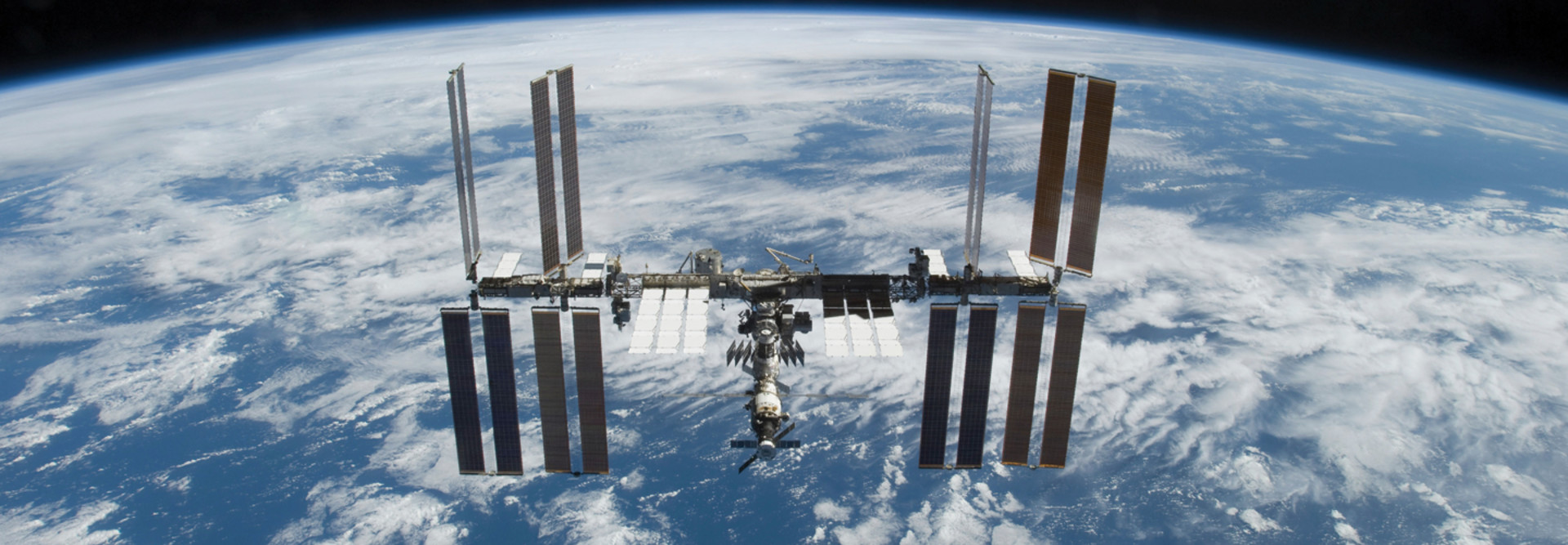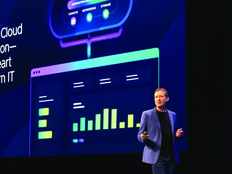The Power of Edge Computing and AI in Space
According to HPE, Spaceborne Computer-2 will offer twice as much computing speed as a predecessor computer sent into space in 2017 to test if the hardened servers could withstand the journey into space and work on the ISS. The computer is designed to “ingest and process data from a range of devices, including satellites and cameras, and process in real-time,” HPE said in a statement. Thanks to advanced graphics processing units, the computer will be able to “efficiently process image-intensive data requiring higher image resolution such as shots of polar ice caps on earth or medical X-rays.”
Spaceborne Computer-2 is also aimed at eliminating the lag time astronauts face sending data back and forth to Earth for processing, which will enable faster insights in space. That includes real-time monitoring of astronauts’ physiological conditions and analyzing large volumes of remote sensor data.
Additionally, Microsoft Research is in the midst of evaluating the potential research avenues the new computer could enable. Those include weather modeling of dust storms to plan for Mars missions, analysis of plants and plant hydroponics to support food growth and life sciences in space, and medical imaging using an ultrasound on the ISS.
“Spaceborne Computer-2 provides a powerful on-board computer for space station researchers,” Bryan Dansberry, associate program scientist for the International Space Station Research Integration Office, tells the Chronicle. “Scientists previously had to either integrate their own dedicated computer into their experiment hardware, transmit data to the ground for analysis, or store data on a hard drive and wait for it to be physically returned to the ground months later aboard a spacecraft.”
Older computers aboard the ISS have been chosen more for their reliability than their computational power, and it often takes days or weeks to send large amounts of data to Earth for processing. Now, Spaceborne Computer-2 can deliver insights in real time and only send down to Earth smaller files with relevant information, according to the Chronicle.
“As we embark on our next mission in edge computing, we stand ready to power the harshest, most unique edge experience of them all: outer space,” Shelly Anello, general manager of converged edge systems at HPE, said in a statement. “We are thrilled to be invited by NASA and the International Space Station to support this ongoing mission, pushing our boundaries in space and unlocking a new era of insight.”
DIVE DEEPER: How are agencies making use of edge computing in the field?











